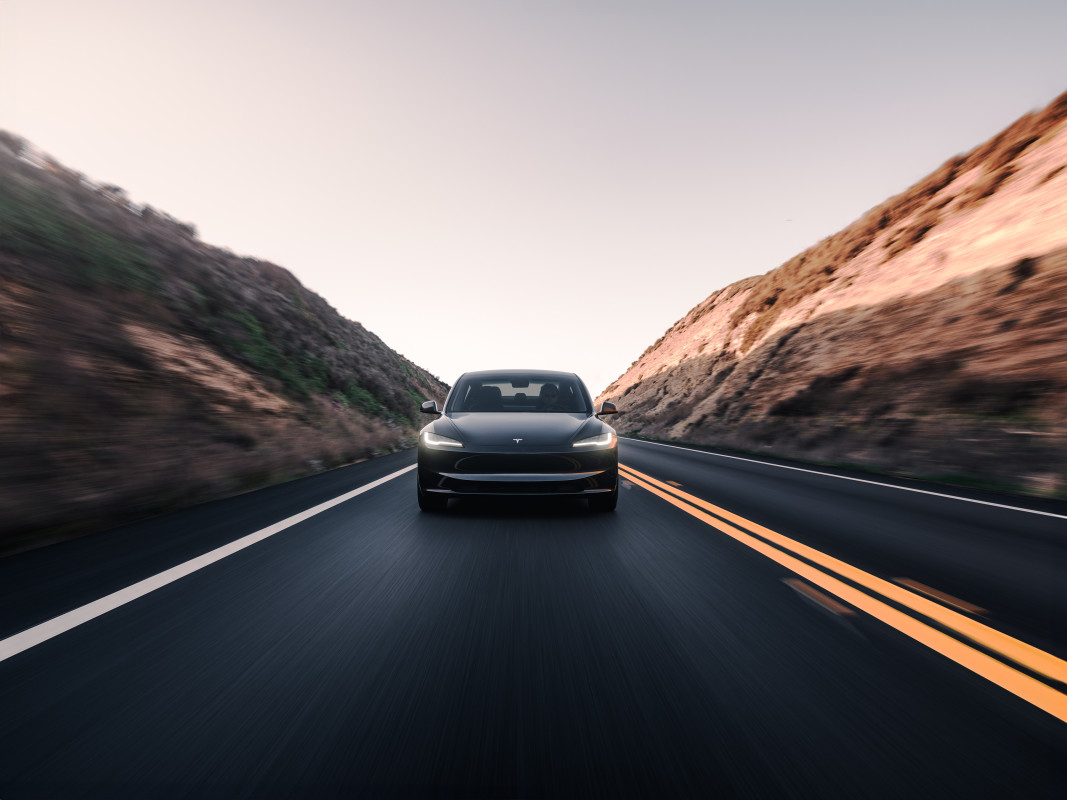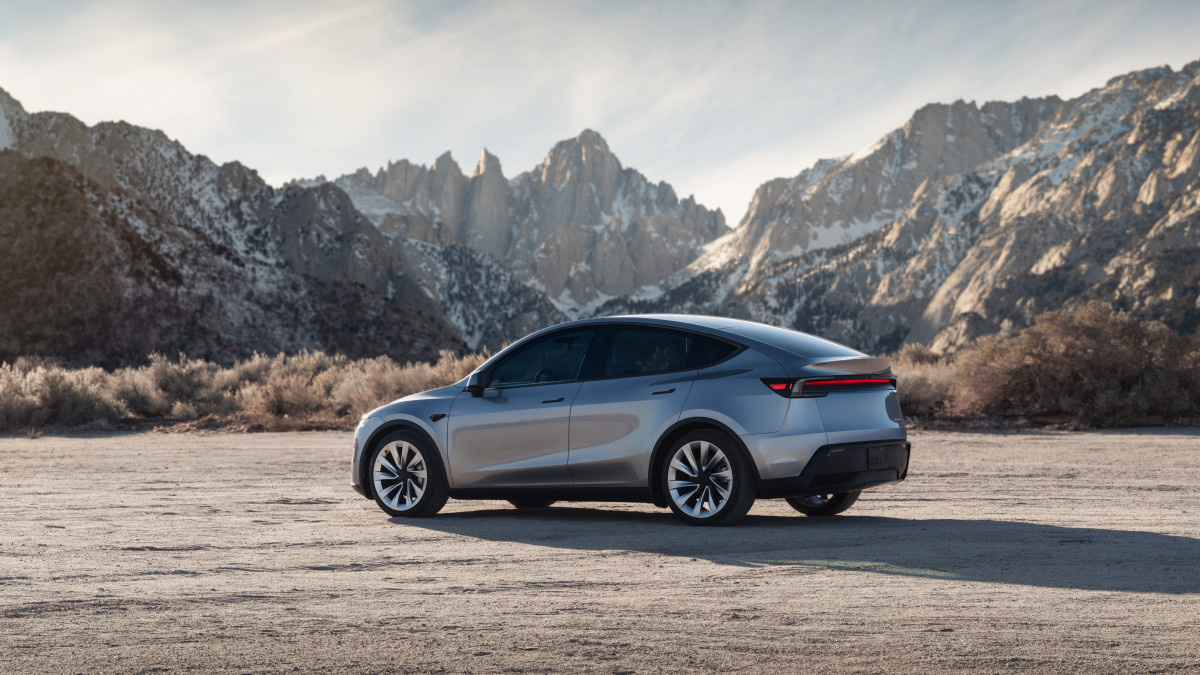Tesla’s Tight Spot

It’s quite the turn of events down in California: Tesla, once the uncontested leader of the electric vehicle (EV) revolution, has seen its market share shrink significantly. Recent stats from the California New Car Dealers Association point out that Tesla now holds just 43.9% of the EV market in the first quarter of 2025, a noticeable drop from 55.5% last year. Just a few years ago, back in 2022, Tesla was sitting pretty with over 70% market control. Now, the landscape is changing.
And it’s not because people aren’t buying electric cars. Californians are snapping up more EVs than ever, but they’ve started branching out with brands like Honda, Hyundai, Ford, and GM also getting some attention. This shift is not just a challenge for Tesla but represents a broader transition in the EV adoption game across the United States.
The Why

Despite falling sales, Tesla’s Model Y and Model 3 are still the top registered EVs in California. However, some folks seem to be growing weary of their familiar looks, which have been given only light refreshes over time. Then there’s the Cybertruck, which only managed to roll out 2,282 units in the first quarter. This was overshadowed by Hyundai’s Ioniq 5, which has been moving faster.
Another possible hurdle for Tesla is the public persona of its CEO, Elon Musk. Once hailed as the golden boy of clean energy, Musk’s political voyages and unpredictable antics might be pushing potential buyers away, particularly in progressive regions like California. It’s a potential image problem that could be as damaging as outdated designs and fierce competition.
New Players

With Tesla stumbling, other companies have seized the opportunity in the EV arena. Honda made a strong entry with around 4,500 units of its new Prologue EV sold in the first quarter. Chevrolet saw a 63% rise in sales compared to last year, while Ford’s EV sales climbed 44%, and Hyundai rose by 35%. Even less traditional EV makers like Subaru and GMC have shown remarkable gains. Porsche more than doubled its sales, and Toyota, California’s top car seller, saw an 81% increase.
EVs, hybrids, and plug-in hybrids now make up 42.4% of all car sales in California. But Tesla is feeling the squeeze, holding only 21.5% of the electric and electrified vehicle segment there.
Conclusion
The slipping numbers in California might just be the tip of the iceberg for Tesla across the United States, considering California’s significant proportion of the national EV sales. While the broader EV market continues to thrive, the challenge looms in rising costs, which could curb this ongoing trend.
Zero-emission vehicle (ZEV) sales have slightly decreased for two consecutive quarters, which puts California’s 2026 clean car goals in a precarious spot. Even though Tesla ignited the EV movement, it’s clear the people of California are ready for new beginnings, this time potentially less reliant on Elon Musk’s influence.
Ford GT's Wild Detour
RAV4 Takes Top Spot
Chinese EVs Raise Flags
Porsche GT3 Record
Venom F5 Evolution Unleashed